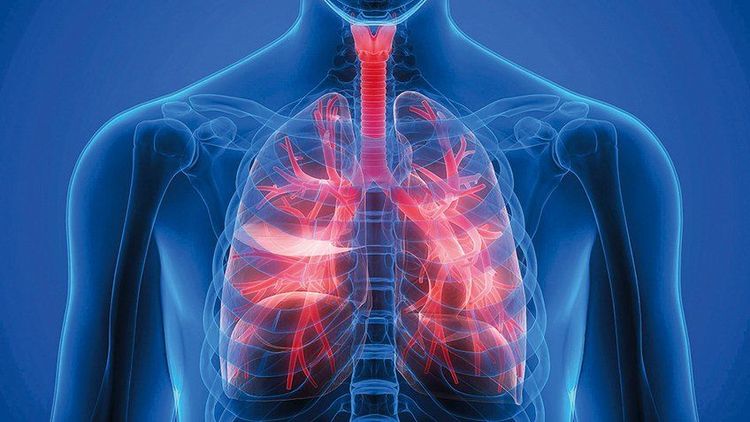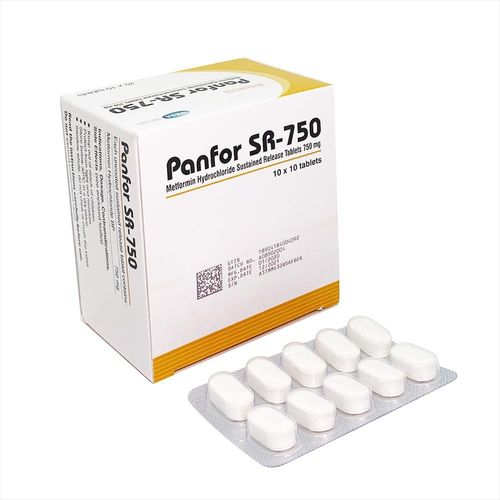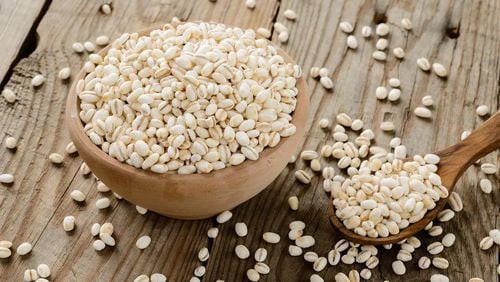This is an automatically translated article.
Chronic obstructive pulmonary disease and diabetes are common co-morbidities, and have a significant impact on patients' health.
1. What is chronic obstructive pulmonary disease (COPD)?
Chronic Obstructive Pulmonary Disease (COPD) is a progressive and progressive form of obstructive pulmonary disease that can be life-threatening.
The leading cause of chronic obstructive pulmonary disease is exposure to secondhand smoke, either active or passive. Other risk factors may include: exposure to polluted air, dust during production...
Chronic obstructive pulmonary disease causes symptoms such as shortness of breath, cough, and sputum production. Daily activities such as walking up short stairs or doing light activities can also make it difficult to breathe.
Chronic obstructive pulmonary disease cannot be cured, but it can reduce symptoms and improve quality of life, reducing the risk of death.
Chronic obstructive pulmonary disease (COPD) is often accompanied by other diseases such as lung cancer, cardiovascular disease, diabetes,...

Bệnh phổi tắc nghẽn mãn tính thường đi kèm nhiều bệnh lý nguy hiểm
2. What is diabetes?
Diabetes is a chronic disease that occurs when the pancreas does not produce an adequate amount of the hormone insulin. One of the common effects of diabetes is high blood sugar, which causes severe damage to nerves and blood vessels.
The cause of diabetes can be hereditary in the family or due to lifestyle changes that lead to overweight, obesity,...
3. Chronic Obstructive Pulmonary Disease and Diabetes
Diabetes is one of the common co-morbidities in patients with chronic obstructive pulmonary disease, accounting for about 14% and increasing the risk of hospitalization and death for patients.
In the treatment of chronic obstructive pulmonary disease, the two main drugs to treat are β2 agonists and corticosteroids, both of which affect blood glucose metabolism. Corticosteroids increase blood glucose through stimulation of hepatic gluconeogenesis and decrease peripheral glucose utilization, increase protein and lipid degradation leading to increased gluconeogenesis, and β2 agonists increase glycolysis.

Thuốc Corticosteroid giúp kích thích tạo đường ở gan
Blood glucose control in patients with chronic obstructive pulmonary disease and diabetes is difficult, because corticosteroid-induced hyperglycemia is difficult to predict. Therefore, it is ideal to keep blood sugar in the range of 120-140 mg/dl during this period, in order to avoid complications from increased ketones or increased osmotic pressure. It also reduces the risk of hypoglycemia due to drug use.
In summary, chronic obstructive pulmonary disease (COPD) is one of the diseases with high tendency and very high mortality rate. Diabetes mellitus is one of the common comorbidities as a result of systemic inflammation and contributes significantly to the increased risk of death for patients. Therefore, it is necessary to screen and recognize early to have appropriate treatment measures for diabetes, reduce symptoms, improve quality of life and reduce the risk of death for patients.
For detailed medical advice, please come directly to Vinmec health system or register online HERE.













